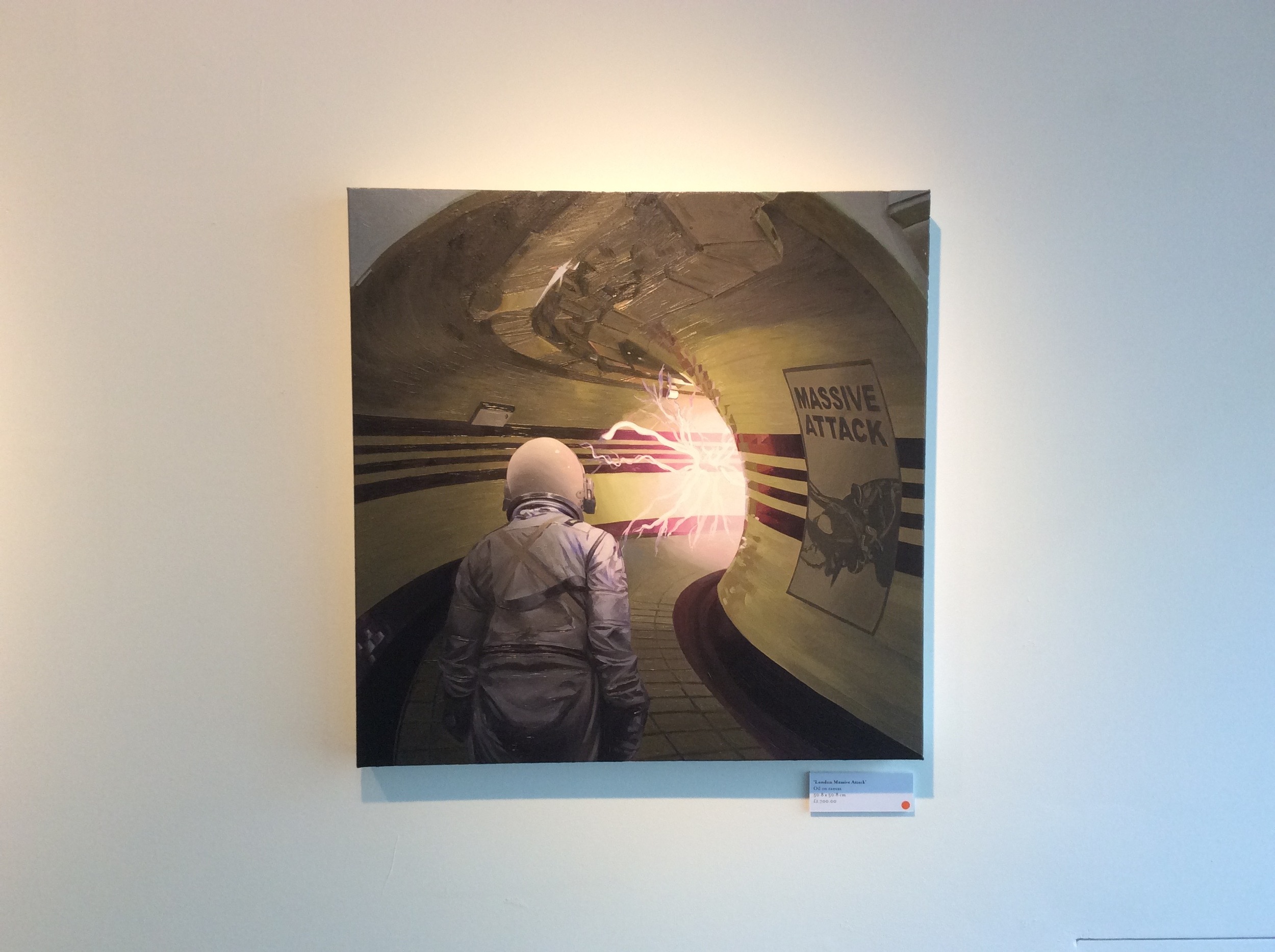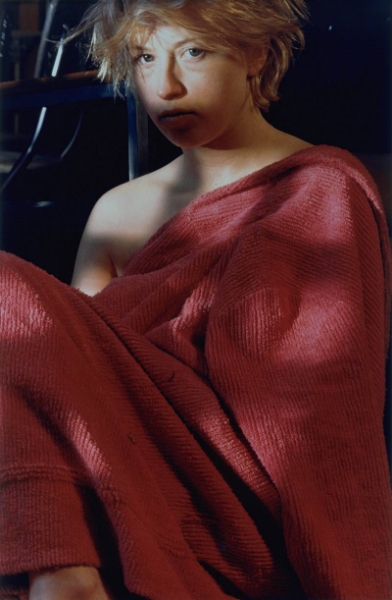An American Astronaut in London at the Stolen Space Gallery
Standing tall at the edges of Brick Lane, surrounded by endless masses of street art and a diverse cultural spectrum, the Stolen Space Gallery invites the average passerby into a journey down a black hole of street-inspired art.
The independent feel of the gallery, along with a well thought layout comprising of two gallery spaces - one visible from the the large vitrine windows and the other hidden at the back with taller walls and beautiful natural light - deliver an authentic experience informed by the urban art engulfing the gallery and hip hop culture.
From left to right: Scott Listfield, London Verve, 2016, Oil on canvas. Scott Listfield, London Blur, c. 2016, Oil on canvas.
One of the two gallery spaces is currently featuring the An American Astronaut in London solo show by American painter Scott Listfield, which presents a series of oil paintings depicting an American Astronaut roaming the streets of London.
Listfield's sci-fi inspired scenes are painted using an illusionistic technique. As a result the small scale paintings can be mistaken for photographs from a distance, but on a closer inspection the audience can appreciate the fine painterly details.
Scott Listfield, London Massive Attack, c. 2016, Oil on canvas.
The subject matter of Listfield’s paintings focuses on the urban characteristics of prominent London settings and accentuate the graffiti and British pop culture references seen in his fantasy film-still reminiscent scenes. Rendering the images of contemporary London with the surreal figure of an astronaut, Listfield introduces an element of fantasy and suspense which captivate the audience.
Scott Listfield, London Oasis, c. 2016, Oil on canvas.
Listfield’s rural odyssey acquires a political stance exploring the deteriorating living standards in London and how due to factors like sky high rents and recent political changes, London becomes increasingly more uninhabitable, or at least uninviting. This can be seen through the absence of any other characters in Listfield’s compositions, comparing the empty streets of London to barren extraterrestrial territories, where humans are obliged to wear astronaut suits to withstand the challenging conditions.
Overall, Listfields witty paintings offer an entertaining, yet critical approach to speculating the future of London, which can appeal to both Londoners and outsiders alike.
















